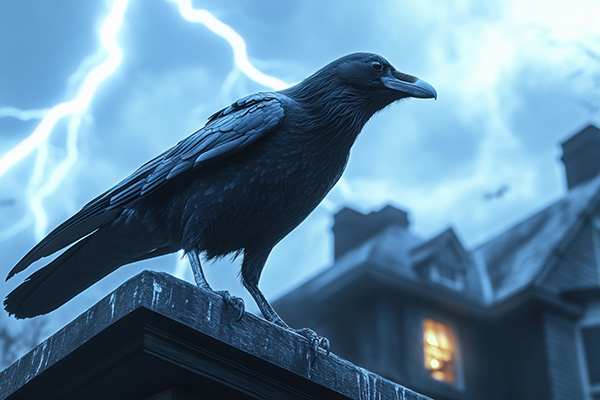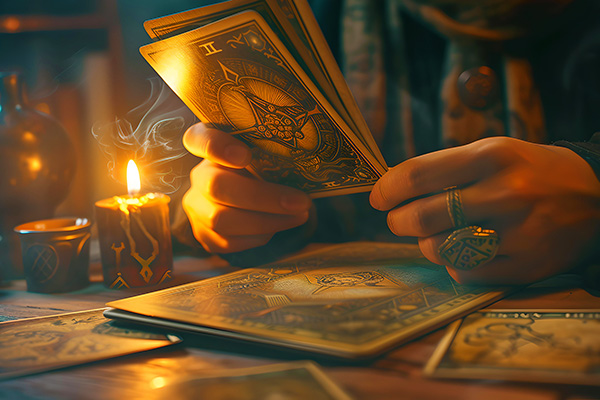archetype
Tarot Forecast November 2025: Ten Of Swords
 The card that came in for this month is the Ten of Swords, a card that can look harsh at first, but carries a powerful message of closure, truth, and rebirth. This isn’t about endings for their own sake; it’s about release. Something has run its course, and it’s time to stop holding on.
The card that came in for this month is the Ten of Swords, a card that can look harsh at first, but carries a powerful message of closure, truth, and rebirth. This isn’t about endings for their own sake; it’s about release. Something has run its course, and it’s time to stop holding on.
The Ten of Swords invites us to be honest with ourselves, to stop pretending that what’s broken can still be fixed the old way.
This month’s theme is surrendering what’s no longer serving us. The Ten of Swords clears the clutter, both inner and outer. It shines a light on what’s been draining us, and while it can feel uncomfortable at first, it also brings freedom.
There’s a certain peace that comes with finally letting go. What’s ending now makes room for healing, insight, and new beginnings.
November’s energy is quiet but meaningful. It’s not dramatic or loud, it’s the deep exhale after a long effort. It asks us to slow down, listen, and trust that the cycle closing now is paving the way for something better.
The Ten of Swords doesn’t sugarcoat reality, but it always carries the promise of dawn. Its message is simple: you’ve come through the hardest part, and even if you can’t see it yet, light is returning.
By the end of this month, you may feel a sense of emotional relief or clarity that wasn’t there before. The Ten of Swords helps us clear old patterns, step away from what’s over, and prepare for the next chapter. It’s not the end, it’s the turning point between endings and renewal.
Power And Protection From Your Ancestors
 I come from a long line of female herbalists of European origins on my mother’s side of the family. They were seers, healers, and prophets who combined their psychic gifts with ancient healing practices. Today, they still come to me during meditation, to offer wisdom.
I come from a long line of female herbalists of European origins on my mother’s side of the family. They were seers, healers, and prophets who combined their psychic gifts with ancient healing practices. Today, they still come to me during meditation, to offer wisdom.
The family’s mainly Germanic connection is one I’ve researched for many years, but more recently I discovered that my ancestors crossed into Scandinavian and Norse territories too, which suggests a bloodline of fierce women who were warriors of their time.
It’s really not surprising to me, as even my own mother today, who is 84 years old, can still kick anyone’s butt who crosses her path in an unkind way! I always knew she was strong when I was little, and I always admired her power and independence.
I was born in the year 1966, which in Chinese Astrology equates to the year of the Fire Horse. Fire Horse people are only born once every six decades. It is a rare sign and, according to legend, many girl babies born in certain parts of Asia in that year were killed at birth, because they were believed to be dangerous, uncontrollable or resistant to rules or dogma.
My Fire Horse nature shows up in me from time to time, but only when I’m really pushed beyond reason by someone who is taking advantage of, or harming me, or my children.
Life will sometimes push us to step into our core strength and fight for what is right. There are many people on the spiritual path who feel stepping into your true power or fighting for what is right is ‘unspiritual’ or egotistic.
Unlock The Door To Mental Freedom
 We’ve all been there — lost in thought, replaying a conversation from years ago, wishing we’d said something different, or fixating on something that hasn’t happened yet and probably never will.
We’ve all been there — lost in thought, replaying a conversation from years ago, wishing we’d said something different, or fixating on something that hasn’t happened yet and probably never will.
Our minds have a clever way of trapping us in the past, or pulling us too far into the future. In the process, we miss the beauty and joy of the present moment.
Being fully present is the key to happiness — the hidden treasure of everyday joy and fulfillment.
When we embrace the here and now, we experience true mental freedom. Instead of being burdened by past regrets or future fears, we begin to see life as it is — vibrant, alive, sometimes challenging, but always full of infinite possibilities and countless blessings waiting to be appreciated!
Think about the last time you were fully immersed in any experience. Maybe it was watching a sunset where the sky lit up with color, listening to music that made your soul soar, or laughing with a friend until your stomach hurt. In those moments, you weren’t dwelling on past mistakes or worrying about tomorrow’s to-do list — you were just there, experiencing life in real time.
Now, think about how often you are distracted by the constant pull of digital technology that keeps you from being fully present. Your phone pinging with notifications, drawing your attention away from the people and experiences around you.



